Lesson 17: Capturing the Glow
In this lesson, we get to the most exciting part of a backlit portrait - the final highlights! We’ve carefully and thoughtfully laid the groundwork, and all that’s left to do is decide where those final pops of white will be the most compelling.
Watch my MasterDemo to learn more.
Creating Texture: Highlight Techniques for a Scruffy Mustang
For the final highlights, I utilize pure Titanium White paint straight out of the tube. I recommend squeezing out some fresh paint on a completely clean section of your palette; any additional color contaminating these highlights will diminish that brilliant glow that we’re after. I don’t use any medium here, since the stiff texture of Titanium White will add to the dimensionality of the piece. To further exaggerate the texture here, I really love using a boar bristle brush. The extra stiff bristles will carve little lines in our paint, which is especially useful in areas like the mane.
Keep It Clean
It is imperative to maintain a clean brush, frequently wiping it on a fresh paper towel to prevent background paint contamination. This seems like it should go without saying, but paying attention to exactly what you have on your brush right now is one of the tiny changes that can help elevate your paintings to the next level.
Decisive Brush Strokes
Adding in bold highlights with a large brush takes quite a bit of confidence - if you don’t feel steady during this part of the process, know that every time you’re pushing yourself you will build up that confidence bit by bit. A fun exercise to build that confidence muscle can be to set yourself a timer; challenge yourself to complete this stage in 5 minutes or less. This will force you to be decisive and get out of your own head, which is something we all need from time to time!
Avoiding Overworking Your Art: Knowing When to Stop
The moment you think your piece might be done, put the brushes down and step away. I find that if I push past this stage and continue to fiddle with the piece, I will almost certainly overwork it in places. It’s not about rushing through the process, but it is about learning to identify where you’ve perfectly captured the essence of your subject and not taking any unnecessary steps beyond that point.
A Job Well Done
And with those final touches, our Mustang portrait is finished! I’ve had such a wonderful time walking you through my creative thought process, and I hope you’ll join me in my MasterDemo to get a closer look at the techniques I described here.





